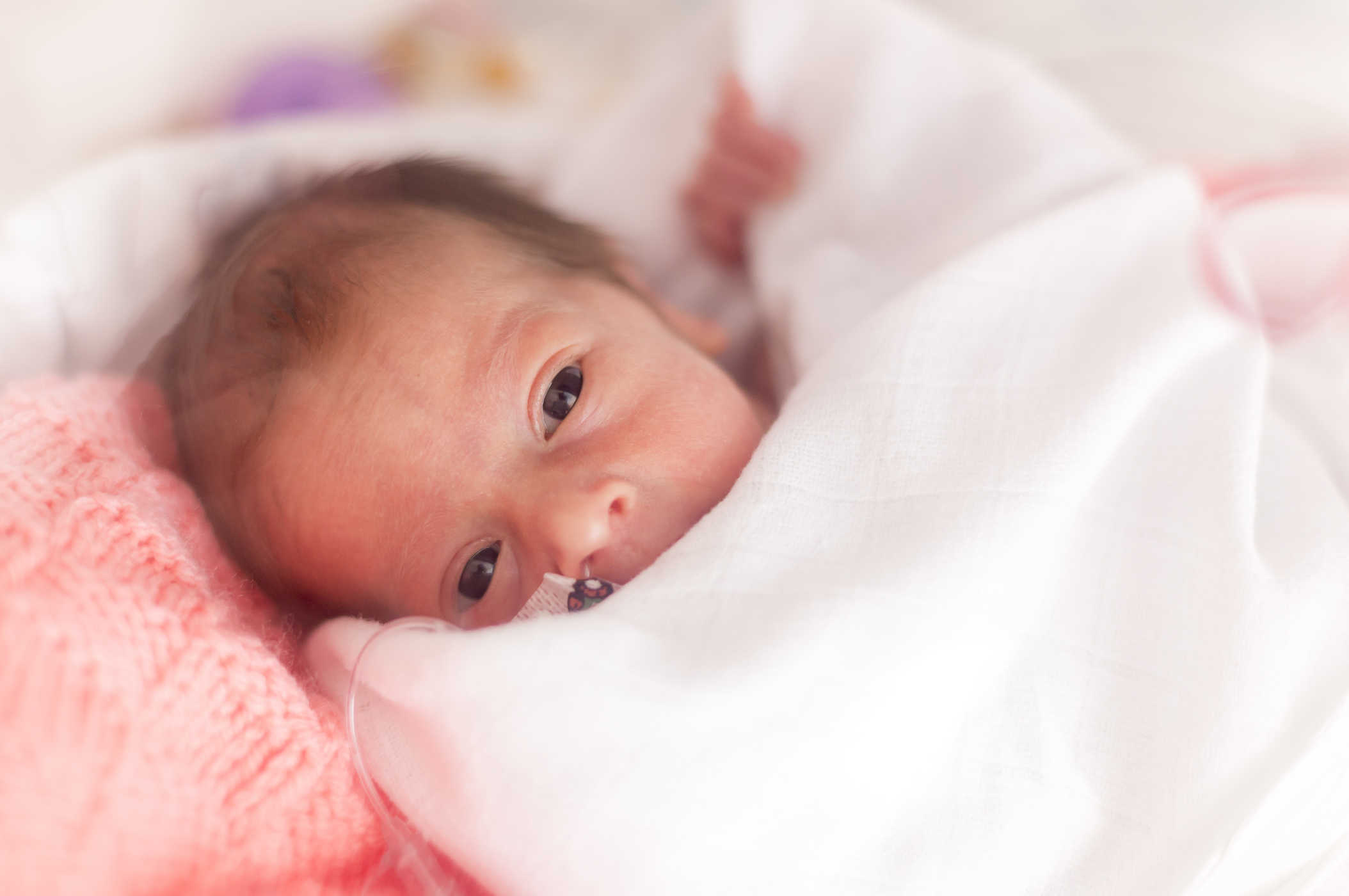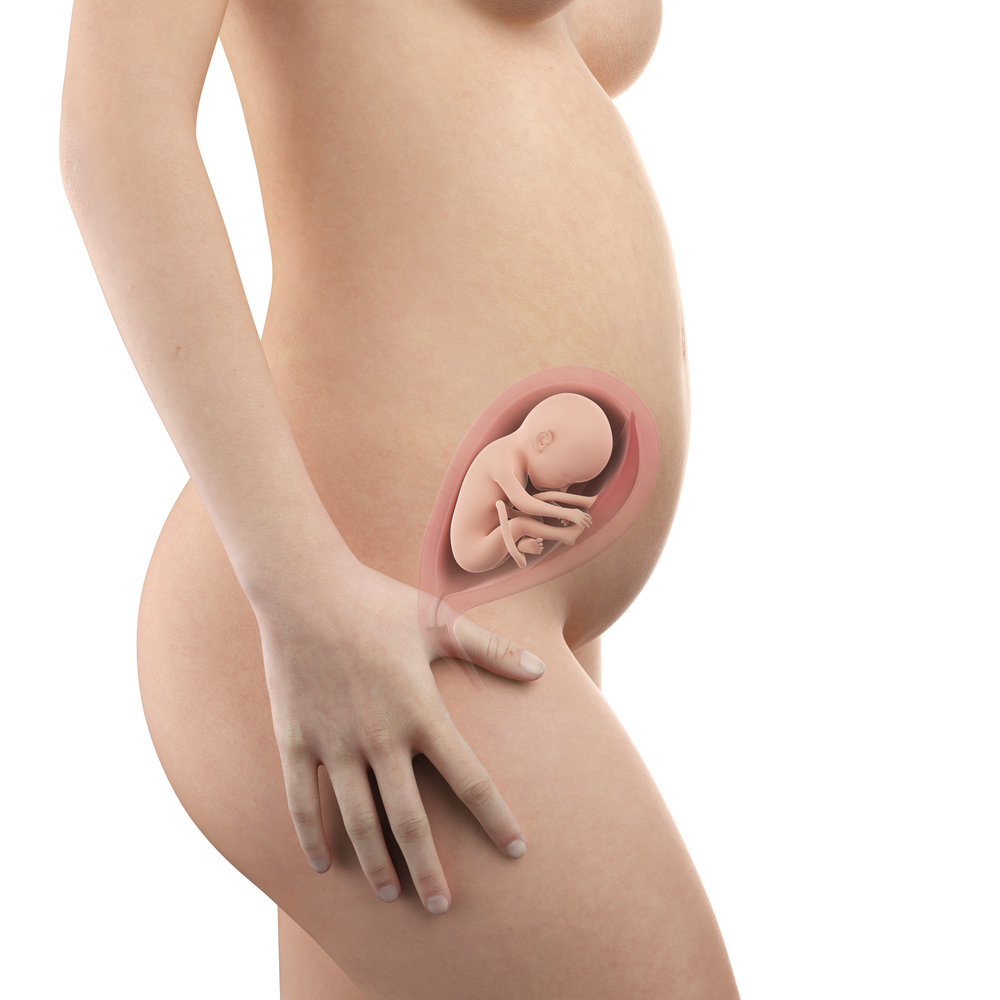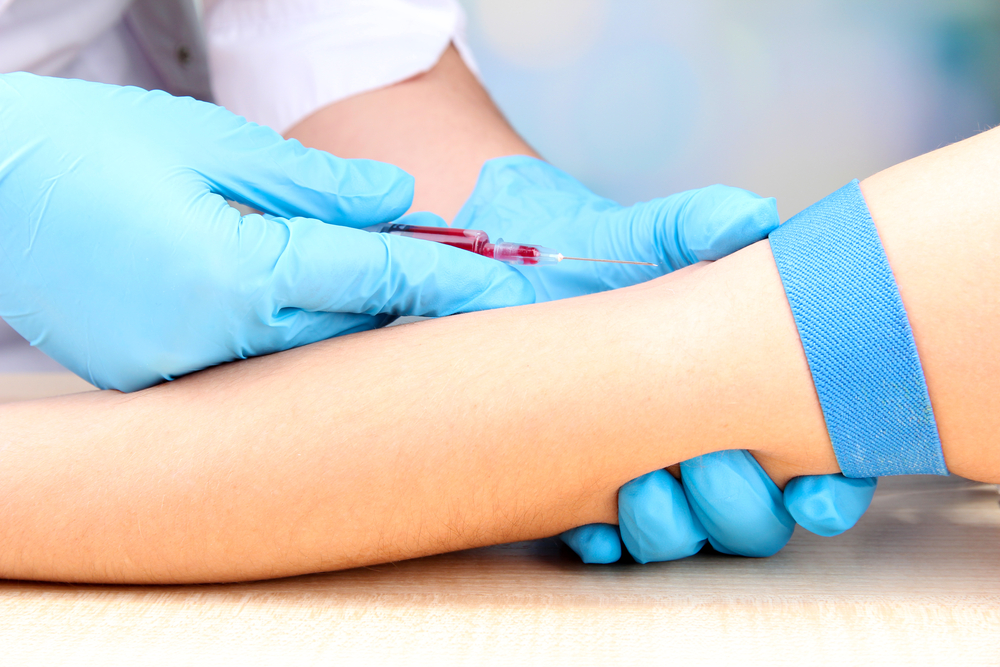Contents:
- Medical Video: Hearing Test - Infant Hearing Screening
- The types of vision problems experienced by premature babies
- 1. Retinopathy of prematurity (ROP)
- 2. Blindness
- 3. Strabismus (squint)
- Types of hearing disorders in premature babies
- 1. Congenital deafness
- Abnormal ear shape
- These vision and hearing problems can be diagnosed
Medical Video: Hearing Test - Infant Hearing Screening
For certain reasons, sometimes pregnant women have to give birth to their children before the date they should. If normally pregnant women will give birth after about 40 weeks of pregnancy, there are pregnant women who have had to give birth to their children at the age of 37 weeks. Babies born in this condition are called premature babies. Premature babies have less time to develop in the mother's womb compared to normal babies, which makes premature babies more susceptible to complications of the disease.
Some health problems that may occur in premature babies are impaired vision and hearing. This is due to improvement in the development of the baby's vision and hearing when the mother's womb occurs in the last weeks of pregnancy. Therefore, if the baby is born prematurely or faster than it should be, the baby is at risk of developing a problem with higher vision and hearing problems.
The types of vision problems experienced by premature babies
Vision in the fetus usually begins to develop in the 4th month of pregnancy, and develops intensively during the last three months of pregnancy. That is, the faster the baby is born, the higher the baby is at risk of developing vision problems. Here are 3 examples of vision problems that are common in premature babies:
1. Retinopathy of prematurity (ROP)
ROP is one type of vision problem that most often occurs in premature babies. According to the National Eye Institute, ROP most often occurs in premature babies born at the 31st week of pregnancy or before. This disease occurs due to blood vessels that develop abnormally in the baby's eyes. That is why this disease often occurs in premature babies because premature birth stops normal normal vessel development in infants, which then causes abnormal blood vessels in the retina.
Retina itself is a layer of tissue in the eye that is located behind the eyeball. The retina can be damaged if the abnormal blood vessels begin to swell and blood starts to leak. When this happens, the retina can be released from the eyeball which causes vision problems. In severe cases, this can cause blindness.
When the baby is growing up, the following complications of ROP disease that might occur:
- Cockeye
- Farsighted
- Nearsighted
- Lazy eyes (amblyopia)
- Glaucoma
Usually, ROP disease in infants does not need treatment. However, treatment is needed for serious ROP cases, by:
- Cryosurgery, which is a freezing action which destroys abnormal blood vessels in the retina.
- Laser therapy, which is a type of therapy that uses strong light to burn and destroy abnormal blood vessels.
- Vitrectomy, which is surgery performed by lifting the damaged tissue in the eye.
- Scleral buckling surgery, which is an operation that places a flexible band around the eye to prevent the retina from escaping.
- Surgery to repair the retina that has been released.
- Eye implantation, which is an action taken to replace a damaged eye. However, this action can only be done if the baby is more mature.
2. Blindness
Blindness is a complication in the eye which also often occurs in premature babies. Sometimes, the ROP is the cause. As explained earlier, ROP can cause the retina to escape from the baby's eyes. If this loose retina is not diagnosed as soon as possible, it can cause blindness.
However, it isn't just ROP that causes blindness. Sometimes, there are premature babies who are born without some parts in the eye, such as without an eyeball or iris, which causes blindness. Fortunately, this condition is very rare.
3. Strabismus (squint)
Infantile esotropia is a type of strabismus that is most common in premature babies. When the muscles in the eye that work to control eye movement do not work as they should, the baby's eyes will move in the wrong direction. Strabismus occurs in premature babies because the baby's brain has not developed perfectly to control the baby's eye muscles. In addition, there are several other factors that can cause eye squint, for example:
- Abnormalities in the brain or nervous system, including fluid in the brain, bleeding in the brain, cerebral palsy, and so on
- ROP
- Hemangioma (buildup of blood vessels under the skin) near the eyes
- Brain tumors or eye tumors
- Cataract
- Slow development
- Genetic disorders
Squint eyes can cause complications of other vision problems, such as lazy eyes, or often referred to as amblyopia. If the child also has amblyopia, then this disease must be cured first. Eyes with stronger eyesight will be coated with patches so that the baby's brain only captures images of eyes with weaker vision. This aims to strengthen the squinting eyes and improve the quality of vision. Maybe children sometimes do not like to use eye patches, but it is very important to follow treatment procedures. Amblyopia can be a permanent disease if not treated immediately.
Once the child's vision is stable, new surgery to repair the eye muscles is done. Maybe you will feel worried to take your child to the operating table at a very early age. However, treating squint eyes before the 2-year-old child has been proven to be able to produce results in a longer period of time than the treatment of squint eyes in older children.
Even though the surgery has been carried out, sometimes the child still has to use glasses. Squint eyes can recur or occur again. Therefore, make sure your child has a series of eye tests as recommended by your ophthalmologist.
Types of hearing disorders in premature babies
In addition to visual abnormalities, abnormalities of hearing also often occur in premature babies. In fact, there are premature babies who experience visual and hearing disorders at the same time. There are also those who have hearing problems but do not have vision problems.
Here are 2 examples of hearing disorders that are common to premature babies:
1. Congenital deafness
Congenital deafness is a hearing problem that occurs when a new baby is born. This problem can occur only in one ear or even both ears, which means it can cause partial deafness or total deafness. Deafness in infants is mostly caused by genetic disorders. However, the risk of getting a higher hearing problem occurs in premature babies. Especially if the mother has an infection during her pregnancy.
Deafness in children is usually treated by doing cochlear implantation. A cochlear implant is a small electronic device that does work that must be done by a damaged ear. This tool can help hearing by providing sound signals to the brain.
In addition, the doctor also recommends the following therapies:
- Hearing aids
- Talking therapy
- Read lip movements
- Sign language
Abnormal ear shape
Actually, abnormal physical ears do not occur as often as congenital deafness in premature babies. However, this condition can occur. Although rare, abnormal physical ears in premature babies can occur due to drugs taken by the mother during her pregnancy. Here are the types of abnormal ear physical conditions:
- There is meat growing on the inside or outside of the ear.
- Deformed ear shape. This is usually caused by chromosome problems.
For abnormal ear conditions, the doctor will usually undergo surgery to repair the child's ear.
These vision and hearing problems can be diagnosed
All newborns will be tested for hearing shortly after they are born. However, especially for premature babies, further tests are needed to detect possible problems. If the baby shows a negative result when the test takes place, the doctor will refer the baby to the audiologist, the hearing specialist who works to diagnose and treat hearing disorders. Hearing experts will conduct further tests to detect whether the baby has a hearing disorder.
Ophthalmologist is a specialist ophthalmologist diagnosing and treating vision problems and eye diseases. The ophthalmologist will check your baby's vision and run a test to see if your baby has signs of developing ROP.
The risk of vision and hearing problems varies with each premature baby. The faster the baby is born, the higher the risk. Therefore, early diagnosis is very necessary, moreover some problems can get worse with time. Although the success of treatment also varies, however, the faster it is dealt with, the higher the chances of the problem being resolved.
READ ALSO:
- Various Causes of Premature Babies
- The Importance of Normal Weight in Newborns
- Various Causes of Sudden Infant Death Syndrome












